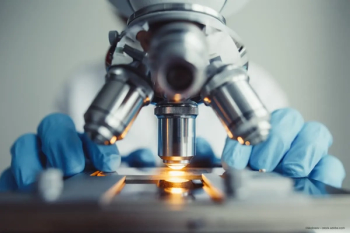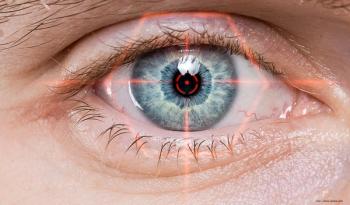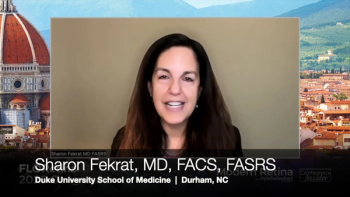
Q&A: Katherine Talcott on the advances in surgical imaging tools
Katherine Talcott, MD, a retina specialist at the Cole Eye Institute at the Cleveland Clinic, discusses the transformative impact of new imaging technologies in retinal surgery. She focuses on the integration of intraoperative optical coherence tomography (OCT) and heads-up display systems, both of which enhance surgical precision and educational opportunities. The discussion explores how these technologies improve clinical decision-making, patient safety, and future surgical outcomes, while also highlighting the importance of further research and broader adoption within surgical practices.
Note: The following conversation has been lightly edited for clarity.
Ophthalmology Times Europe: Surgical visualization and imaging technologies are evolving rapidly. What recent innovations have had the most significant impact on how you approach complex retinal surgeries?
Katherin Talcott, MD: I think that really falls into 2 different categories. First is interoperative OCT. We really rely on OCT in clinic to be able to understand what's going on, but its uptake in surgery has been more limited, but inter-op OCT can be really helpful for understanding what's going on during surgery, as well as giving you more information about what surgical techniques to do. That can be like peeling, make sure you're not exerting too much traction on the retina when you're peeling, and for cases like proliferative diabetic retinopathy, being able to tell planes where you can safely segment membranes that are there. The other technology that I think has really sort of come about in the past few years is heads-up display. Rather than using sort of a standard operating microscope, there's more immersive technologies that allow you to be able to sit back and sort of see the surgical field. It really enhances too the educational experience for our trainees, medical students, and other people in the room.
OTE: How are advancements such as digital 3D visualization, intraoperative OCT, and AI-assisted imaging changing the way surgeons assess and respond to real-time anatomical details during surgery?
Talcott: When we get these forms of imaging, to be able to sort of better understand what's going on in response to peeling, or what's going on with the disease, it can cause us to, for instance, maybe not exert as much pressure when we're doing like a peel. Additionally, you can see if there's any cell membranes present there that you need to peel for situations like retinal detachments. You can see if there's fluid still there, meaning you need to do sort of additional surgical work, or to make sure that there's not breaks. That might change you to use like a different gas than you would normally. These imaging techniques allow us to be able to more safely do surgery, potentially because you avoid sort of unnecessary procedures, but also gives you information about some additional things you might want to do so patients have the best outcomes.
OTE: Looking ahead, what future developments or integrations in visualization technology do you believe will most enhance surgical precision, efficiency, and patient outcomes?
Talcott: I think we're really lucky with these technologies that we currently have. I think the biggest thing that will be helpful for the future is more outcomes-based studies to be able to show that these technologies increase sort of safety and efficacy. If those are in place, then I think wider adoption in terms of hospitals being able to buy these systems, or ASCs is being able to fund these systems as sort of the sole system, would certainly increase their utilization.
Newsletter
Get the essential updates shaping the future of pharma manufacturing and compliance—subscribe today to Pharmaceutical Technology and never miss a breakthrough.













































